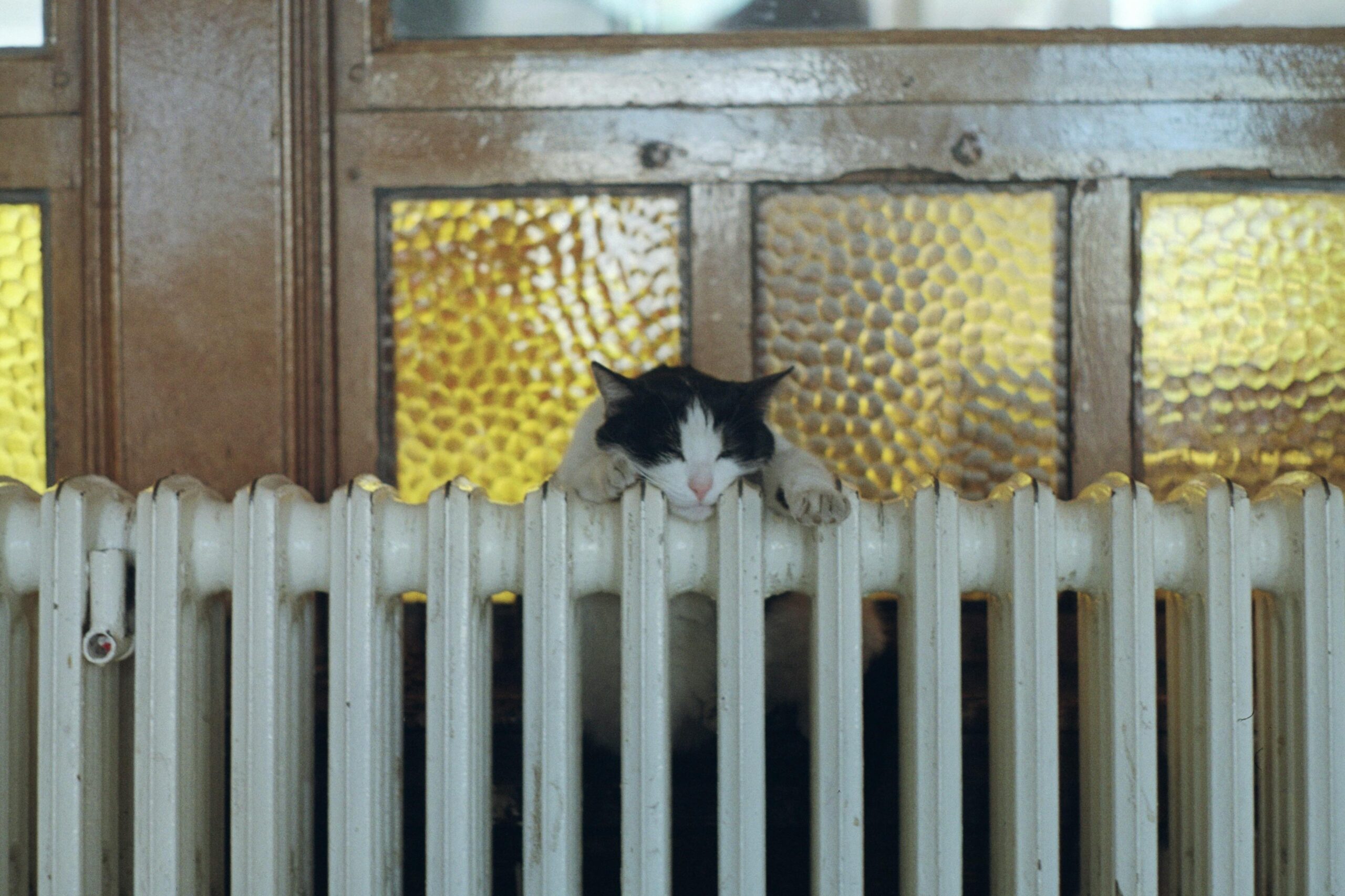Serving The Wasatch Front Area

Understanding Your Central Heating System
December 20, 2019
When the cold weather hits, you want to be able to turn on your heater and warm up your house. The desire to heat on a cold day or cool on a warm day is, after all, the foundation of climate-controlled spaces. Many homeowners don’t ponder how their central heating system works. However, understanding at least the basics will help you keep the system in good shape.
Fundamentals of Central Heating
The operation of your central heating starts with the thermostat. When the thermostat senses that the ambient temperature is too low, it triggers the furnace.
Inside of your walls is a system of ducts, which includes a main duct that runs from the furnace itself and supplies branches to all parts of the house. The branches provide the passage for the heated air.
The vents, which are also called registers, are located at regular intervals throughout your house. They allow the heated air inside the ducts to enter the house itself.
The vents usually feature small louvers that you can open or close according to how much, if any, warm air you want in a room. For instance, rooms with a lot of natural light might get too hot, while other rooms need the full force of the heated air to bring their ambient temperature up to normal. When the thermostat senses the desired ambient temperature, it shuts the heat exchanger off.
Operation of the Furnace
The furnace is the large appliance that provides the heat for your central heating system. Its main operator is the heat exchanger, which is actually responsible for heating the air. Furnaces usually run on natural gas or oil, though you do the option of electric models.
When the furnace is triggered, cold air enters the system through a return register and runs through a filter to keep the interior of the appliance clean. A blower pushes the air into the combustion or heating chamber.
If your system is powered by gas or oil, the fuels enter a combustion chamber to produce open flames. Said flames heat the air and send it to the heat exchanger. If your furnace is electric, the electricity powers heating elements inside the heating chamber. Either way, the blower keeps working so once the exchanger has heated the air, it’s sent into the ductwork.
Some older models of furnaces are gravity heating systems. They move air by way of convection, which is based on warm air’s natural tendency to rise. Air ducts are much larger for gravity-based systems. What’s more, gravity systems operate alone. Forced air furnaces are usually part of the larger HVAC system, which features an air conditioner that’s also based on forced air.
Types of Thermostats
The thermostat is the most visible part of your heating system. It sits on a wall inside your house. Its main job is to test the ambient temperature and trigger the furnace accordingly. You can choose between electromechanical, digital, hybrid, occupancy, and light-sensing thermostats.
The basic model is electromechanical. These thermostats feature a movable lever to set the temperature and a rotary timer for night and day settings.
The basic digital programmable thermostat features an LED or LCD display for operation. You operate them with data entry pads. They’re compatible with most heating systems.
A hybrid system combines the manual function of the electromechanical thermostat with the programmability of the digital model.
Occupancy thermostats are for spaces that sit unused for long periods of time. They feature a setback temperature, which is usually lower than comfortable. They operate when someone presses a button to trigger the furnace, which is when the heating begins.
Light-sensing thermostats are also setback systems. However, the operator has the ability to program the thermostat to sense light, whether natural or artificial. When the light diminishes, the thermostat turns off. These thermostats are ideal for businesses because heat and light requirements go hand-in-hand for stores or offices.
Know the basics about your central heating system so you can keep up-to-date on changes in its efficiency. Contact Comfort Solutions for any of your heating questions.
Recent News
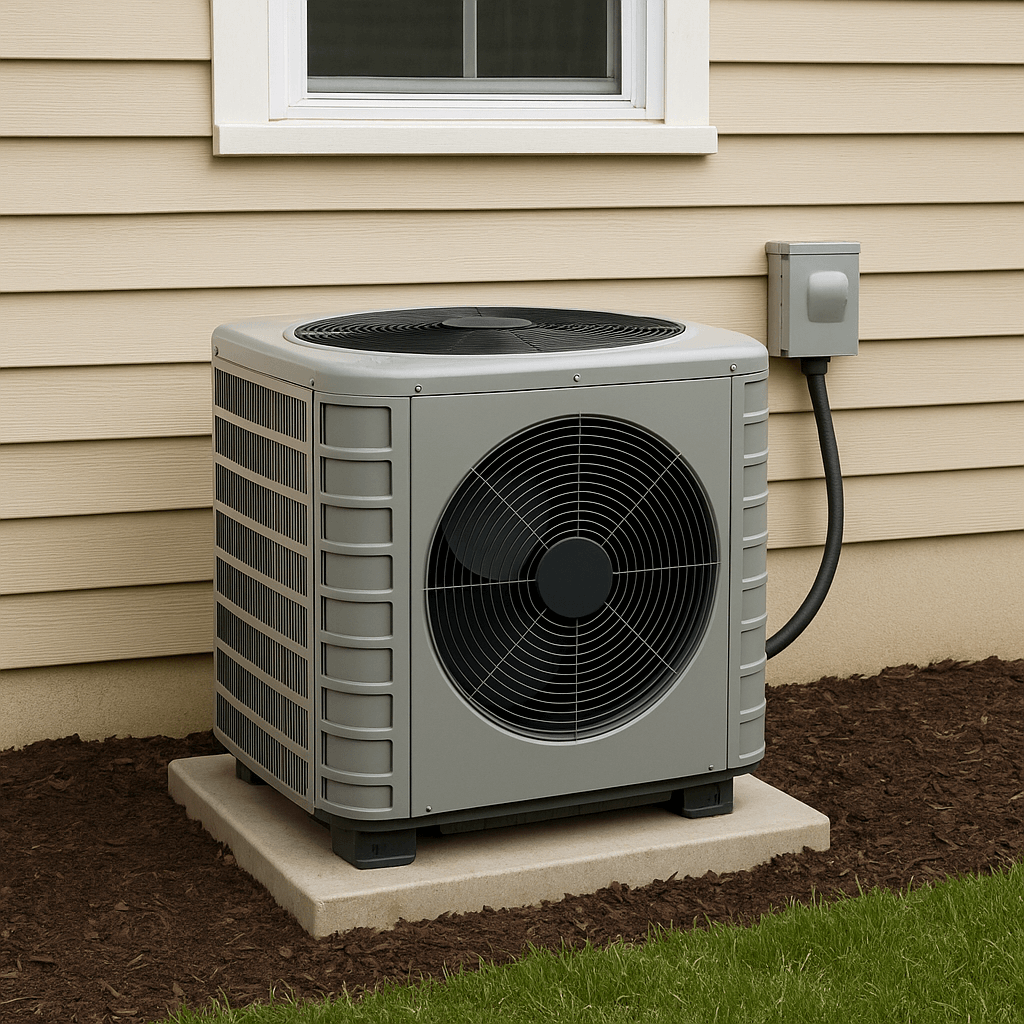
Common Air Conditioner Mistakes That Can Cause You Problems
May 29, 2025

How to Stay Cool During the Summer Heat
April 21, 2025
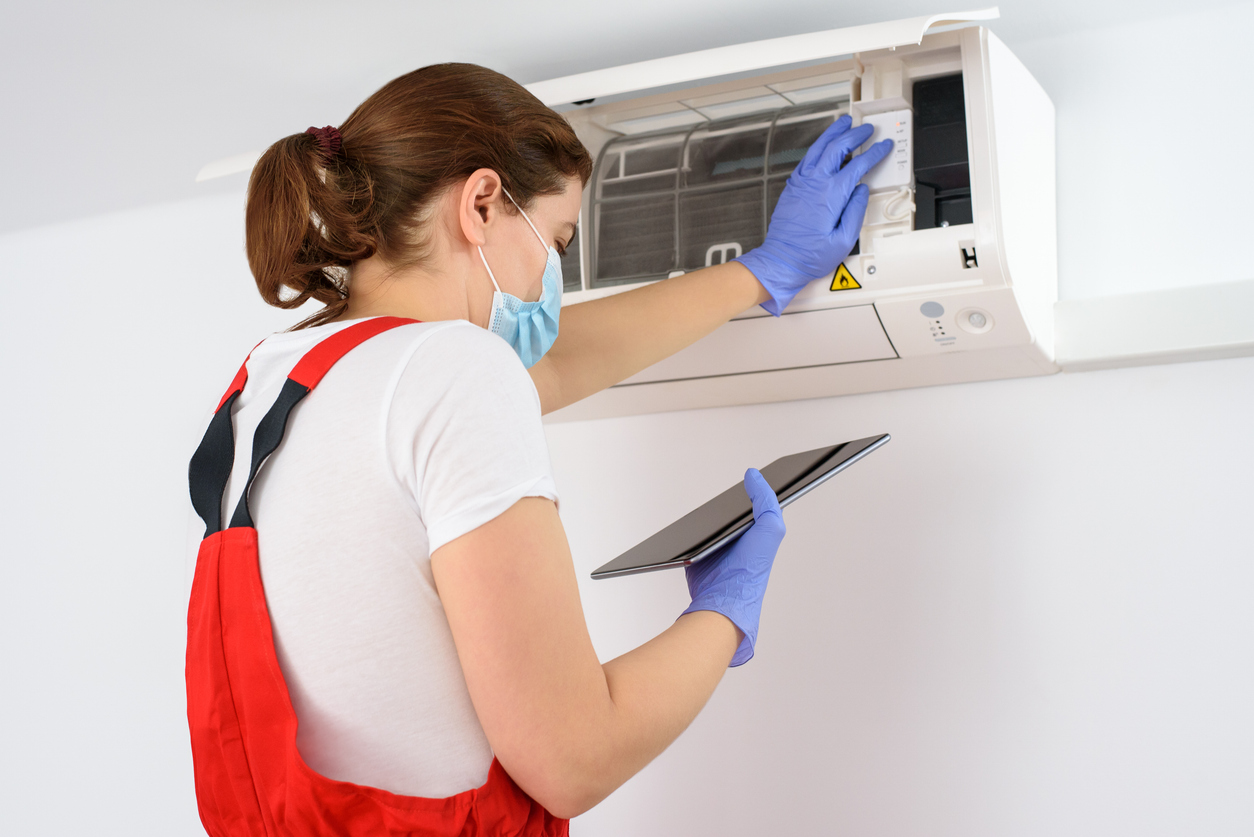
When to Upgrade Your AC Systems: Benefits & More
February 25, 2025
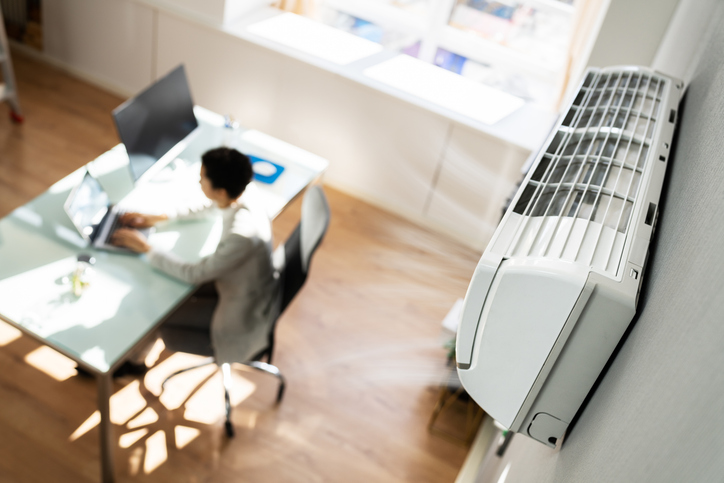
Why Remote Workers Should Upgrade Their HVAC
February 10, 2025
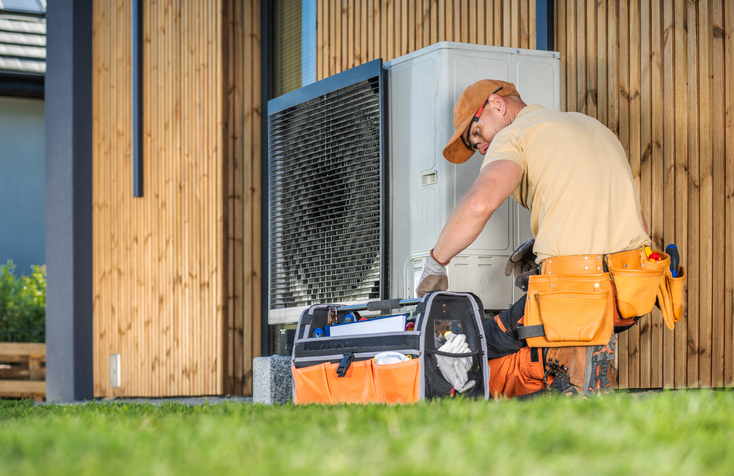
Common Home Heating, Furnace Repair & Replacement Myths
February 7, 2025
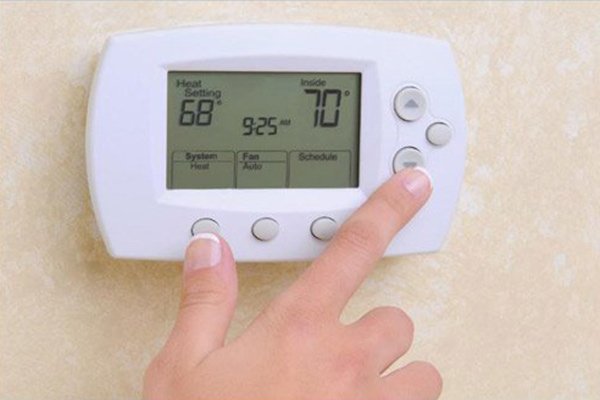
Keep Your Fireplace and HVAC Systems Running Strong All Winter
December 6, 2024
